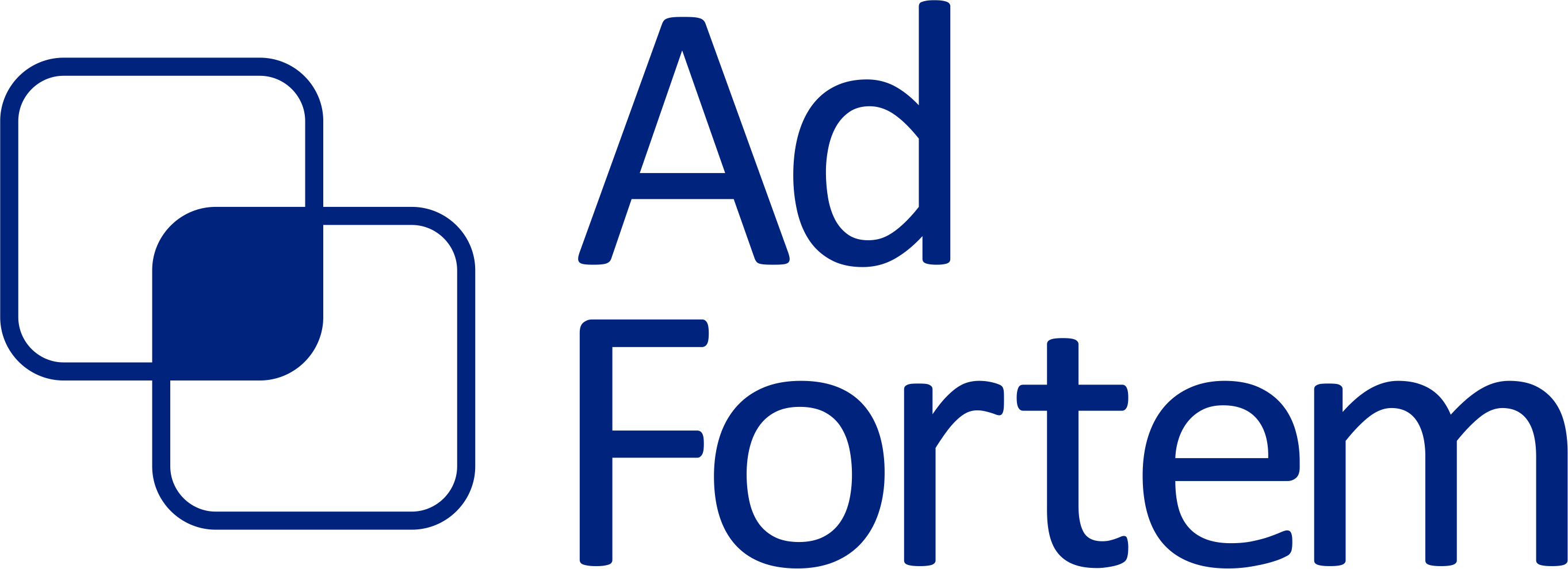

Product added to your quotation. Go to the quote page to complete your quotation request, we will contact you as soon as possible.
UV printers are revolutionary technologies that use ultraviolet (UV) light to cure ink, making them increasingly popular in many industries. In this article, we explain what UV printers are, the advantages and disadvantages of UV ink, and the various applications of this advanced printing technology.
UV printers are printers that use UV inks and a specialized curing process via UV light. Unlike traditional inks that dry on paper or other surfaces through evaporation or absorption, UV ink cures instantly when exposed to UV light. This allows printing on various materials such as paper, plastic, glass, wood, metal, and even textiles.
The core technology behind a UV printer is the UV lamp that cures the ink as it passes through the printhead. This ensures that the ink stays on the surface of the material without penetrating it, resulting in sharp, vibrant prints.
1. Fast drying time: UV ink dries instantly thanks to UV light curing. This saves time and speeds up finishing processes, which is crucial in high-production environments.
2. Strong adhesion on various surfaces: UV inks adhere well to both non-porous and porous materials, such as glass, plastic, wood, and even textiles. This makes UV printers suitable for a wide range of applications.
3. Durability and scratch resistance: UV ink is highly resistant to fading from UV rays and is also scratch-resistant. This makes it ideal for applications exposed to outdoor elements, such as outdoor signage and labels.
4. Environmentally friendly: UV inks contain fewer volatile organic compounds (VOCs), making them more eco-friendly than traditional inks. No solvents are released into the air, improving air quality in workspaces.
5. High color accuracy and sharp prints: UV inks deliver sharp, detailed prints with vibrant colors and a glossy finish. This is particularly important for marketing materials, packaging, and other applications where visual impact is essential.
1. Higher cost: UV printers and ink are often more expensive to purchase and operate than traditional printers. This can be a consideration for businesses with limited budgets or smaller production runs.
2. Limited flexibility: UV inks are often less flexible than some other types of ink. This can be a drawback when printing on surfaces that bend or flex frequently, such as certain plastics or fabrics.
3. Safety precautions: Using UV light requires safety measures, such as wearing protective glasses and gloves to avoid exposure to harmful UV radiation. This can require additional training and safety protocols.
UV printers are used for a variety of applications, both in commercial and industrial settings. Here are some popular uses:
1. Signage and Outdoor Advertising: UV printers are commonly used for printing billboards, banners, and signs. The durability and scratch resistance of UV ink make it perfect for long-term use in outdoor environments.
2. Packaging and Labels: UV inks are ideal for printing labels and packaging, as they provide vibrant colors and sharp prints, which are crucial for brand recognition and aesthetics.
3. Product Decoration: With UV printers, businesses can create personalized products, such as promotional items, gifts, and even electronic accessories. From glass bottles to phone cases, almost any surface can be printed on.
4. Interior Decoration and Furniture: UV printers can be used to print on furniture, flooring, walls, and other interior products. This allows for the creation of unique designs and patterns for any space.
5. 3D Printing: In combination with specialized 3D printing technologies, UV ink can also be used to print three-dimensional objects, such as prototypes, models, and artwork.
6. Textile Printing: Although less flexible than other inks, UV printers can also be used for printing on textiles, such as T-shirts, bags, and hats, especially for decorative designs or products that don’t require much stretch.
UV printers are powerful technologies that enable a wide range of applications, from outdoor advertising to product decoration. The benefits of UV inks, such as fast drying time, durability, and environmental friendliness, make them an attractive choice for many businesses. While there are some drawbacks, such as higher costs and reduced flexibility, the advantages outweigh them for the most demanding applications.
Want to learn more about UV printers and how they can help grow your business? Contact AdFortem for personalized advice and discover the possibilities of UV printing technology!
Sign up here to receive the newsletter
Terms and conditions of sale
About us
Our mission
Privacy Policy
Coockie Policy
Blog
Roland-dealer
Gravotech-dealer
Poli-tape-dealer
Training
Our services
UV-printing
Types of ink
Types of blades for cuttingmachines
Types of engraving tools
Laserengraving, how does it works
What is MOPA
Laserengraving versus CNC-engraving
Gantry versus galvo-laserengraving
Dot Peen machines
Difference between fiber and CO2 lasers
Monomeer, polymer or cast print media
Printing gloss
Flatbedprinter
How to choose your laser lens
The Evolution of DTF Printing
Sitemap